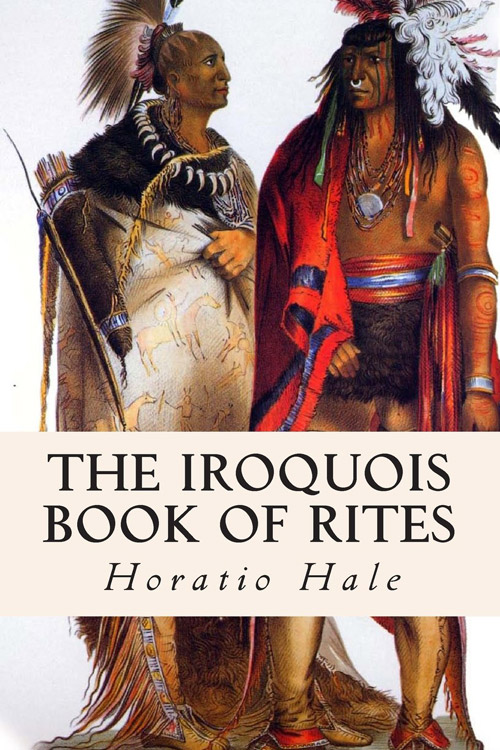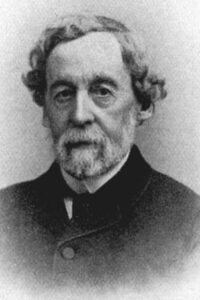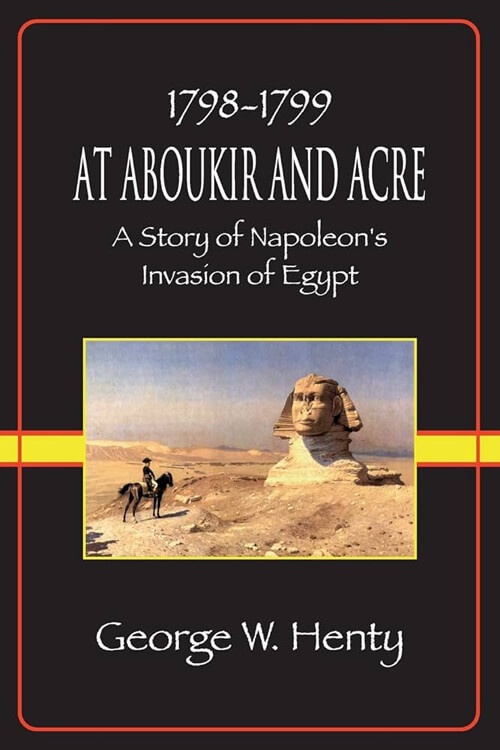
The Iroquois Book of Rites
Wherever the test of linguistic evidence, the best of all proofs in ethnological questions, can be applied to his statements relative to the origin and connection of the tribes, they are invariably confirmed. From his account, from the evidence of language, and various corroborating indications, the course of the migrations may, it is believed, be traced with tolerable accuracy. Their first station or starting point, on the south side of the Lakes, was at the mouth of the Oswego River. Advancing to the southeast, the emigrants struck the Hudson River and followed its course southward to the ocean, according to Cusick’s story.
Here, a separation took place. A portion remained and kept on their way toward the south, but the “main company,” repelled by the uninviting soil and the turbulent waste of waves and remembering the attractive region of valleys, lakes, and streams through which they had passed, retraced their steps northward till they reached the Mohawk river. Along this stream and the upper waters of the Hudson, they made their first abode, and here they remained until, as their historian quaintly and indeed records, “their language was altered.” The Huron speech became the Iroquois tongue, in the form in which the Caniengas or Mohawks speak it.
In Iroquois tradition and the constitution of their league, the Canienga nation ranks as the “eldest brother” of the family. A comparison of the dialects proves the tradition to be well-founded. The Canienga language approaches nearest the Huron and is undoubtedly the source from which all the other Iroquois dialects are derived. Cusick states positively that the different “families,” as he styles them, of the Iroquois household, leaving the Mohawks in their original abode, proceeded step by step to the westward. The Oneidas halted at their creek, the Onondagas at their mountain, the Cayugas at their lake, and the Senecas or Sonontowans, the Great Hill people, at a lofty eminence that rises south of the Canandaigua lake.
In due time, as he is careful to record, the same result happened with the Caniengas. The language of each canton “was altered,” yet not so much, he might have added, but that all the tribes could still hold intercourse and comprehend one another’s speech. Consequently, more comprehensive isolation and a more significant language change occurred in the “sixth family.” Pursuing their course to the west, they touched Lake Erie and, turning to the southeast, came to the Allegheny River. Cusick, however, does not know it by this name. He calls it Ohio—in his uncouth orthography and with a locative particle added, the Ouau-we-yo-ka—which, he says, means “a principal stream, now Mississippi.”
Read or download Book
Horatio Hale
Horatio Emmons Hale (May 3, 1817 – December 28, 1896) was an American-Canadian ethnologist, philologist and businessman.
Biography.
He is known for his study of languages, which was crucial for classifying ancient peoples and being able to trace their migrations. Hale was the first to analyze and confirm that the Tutelo language of some Virginia Native Americans belonged to the Siouan family, which was most associated with the western Dakota and Hidatsa languages. Hale also determined that the Cherokee language, spoken by a tribe related to the Appalachian Mountains and upland areas of the interior American Southeast, was one of the Iroquoian languages.
Most of the latter speakers had historically occupied territory east and south of the Great Lakes in present-day New York and Pennsylvania. In addition, he published a work, Iroquois Book of Rites (1883), based on his translation of their only two known historical manuscripts. It was supported by his studies with tribal elders in interpreting the Iroquois wampum belts to establish the people’s prehistory. In Canada, Hale returned to his study of First Nations and Native Americans. He was mentored by the Iroquois chiefs George Henry Martin Johnson and John Fraser, whom he met while visiting the Six Nations of the Grand River First Nation in Ontario. In addition, he travelled to the United States to consult with other native informants.
Hale documented the oral history and rituals of the Iroquois Confederacy. He was assisted in interpreting the group’s wampum belts, which recounted their history. As a result of this work, he published The Iroquois Book of Rites (1883). He also studied the Iroquois languages, determining that Mohawk was the oldest. He also concluded that the Laurentian languages were Iroquoian.
Archaeologists and linguists have since confirmed that the St. Lawrence Iroquoians were early people who had occupied territory in what is now considered upper New England and along the St. Lawrence River in Quebec and Ontario from about the 14th century to about 1580. They were likely destroyed by the Mohawk from central New York, competing to control hunting grounds and the fur trade. Hale made many valuable contributions to the science of ethnology, attracting attention, particularly by his theory of the origin of the diversities of human languages and dialects.
This was inspired by his study of child languages, or the languages invented by young children. He also emphasized the importance of languages as tests of mental capacity and demonstrated that Native American languages were complex and had a high capacity for classification. He used language as a criterion for the classification of human groups. He was the first to discover that the Tutelo language of Virginia belonged to the Siouan family, which was more commonly associated with the Dakota and Hidatsa languages and tribes located west of the Great Lakes and Mississippi Rivers.
He was also the first to identify the Cherokee language as a member of the Iroquoian family of languages. During the colonial and federal period, the Cherokee people were primarily located in the southern interior of present-day Tennessee, North Carolina, Georgia, and Alabama. Most of their members were among the southeastern tribes forced to relocate during the Indian removal of the 1830s to territory west of the Mississippi River, in what was reserved for a time as Indian Territory (now the state of Oklahoma).






